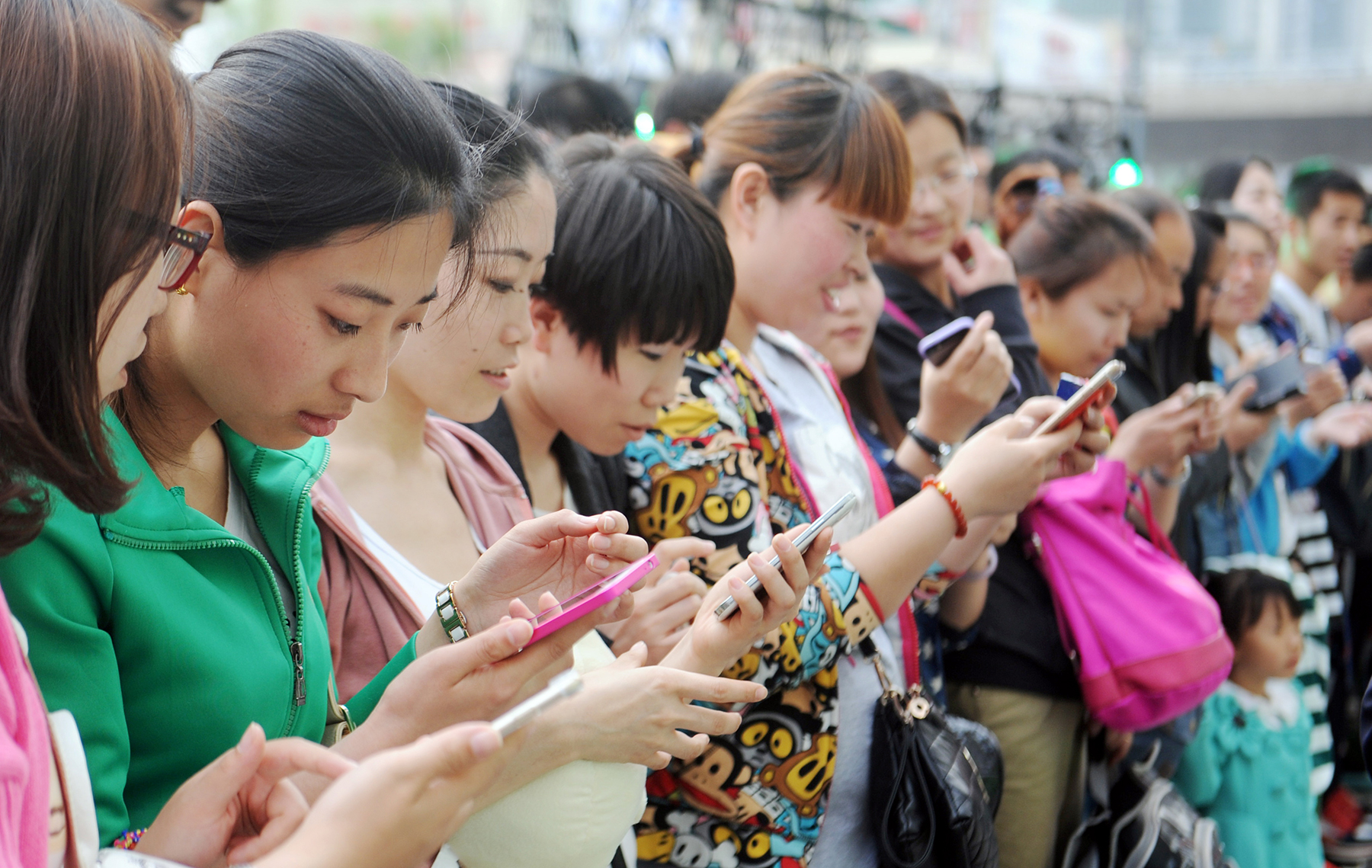Gamification
One of the driving factors of revenue on mobile in China is gaming. China is the number one mobile gaming market in the world — a factor that helped push Tencent into a record-breaking first quarter, and though most of the revenue drivers are in actual interactive games, gaming culture tends to bleed into other industries as well through gamification.
- “There is gamification across a bunch of different categories,” writes Lauren Sherman for Business of Fashion. “Advertising on Snapchat is gamified, dating apps are gamified, and food points programs are gamified—but there are more opportunities for fashion brands to apply tenets of gamification to the shopping experience, whether through loyalty programs, digital-to-physical activations and messaging bots.”
What kind of brands have begun using this?
These “opportunities” are already being applied by many luxury brands, especially on WeChat, where gamification marketing is a common strategy for international fashion houses with their eyes on China.
- Very recently, Cartier released a campaign on WeChat for 520 Day, China’s take on Valentine’s Day.
- The campaign featured a Pac-Man-like game where users had to solve five mazes that each led to an item of jewellery in the Cartier collection.
This example by Cartier displays only a small aspect of the potential of gamification in mobile-based marketing strategies. Other brands have adopted augmented reality technology, allowing WeChat followers to go on scavenger hunts in shopping malls to discover discounts right in front of them.
Even more simply, quiz games mean brands can encourage social interaction by asking users to share their quiz results or leave a comment on the page in exchange for the chance to win free gifts.
Live-streaming and video media
Other major factors driving China’s mobile use, according to the report, are live-streaming, and video. The difference between China and the US is that they boast consumers who are willing to pay for live-streaming entertainment and use mobile payment systems to “tip” live-streamers with money or virtual gifts.
- Brand shave already started to take advantage of Chinese consumers’ penchant for live-streaming by either working with KOLs who have a healthy social media following, or by live-streaming their own events, such as fashion shows or tours through their overseas stores.
- The direction of live-streaming revenue growth in China suggests that there may be more potential on this front for brands, as long as they curate their strategy to reach their target consumer.
The report also highlights China’s growing mobile payment scene, which is fuelling live-streaming and gaming revenue, but is also key for cross-border online shoppers as industry giants like WeChat Pay and Alipay set sights abroad.
- The year 2016 saw a 71% year-on-year growth of merchandise value for e-commerce in China, but only a small portion of mobile payment users are spending big — most users spend less than $15 per transaction. Still, some luxury brands are beginning to utilise mobile payment apps for their convenience factor to target outbound Chinese travellers with deals and promotions.






